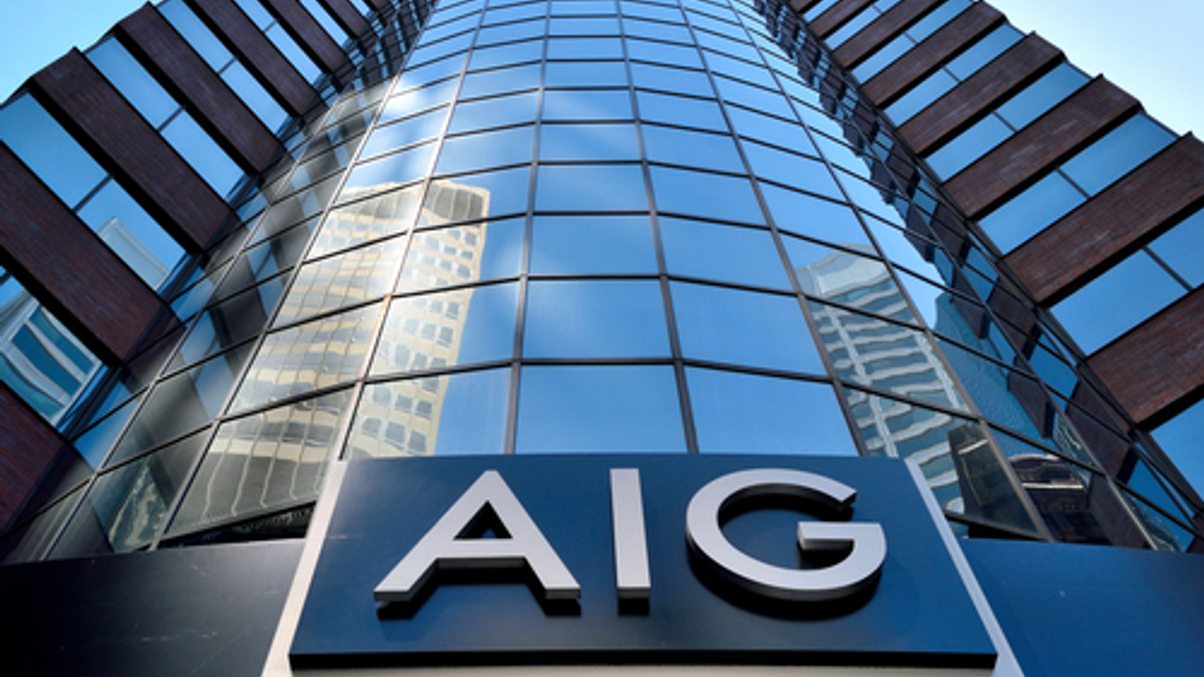AIG overhauling asset allocation framework
The insurer's chief investment officer for international markets says real interest rates in developed countries could stay negative for 20 years, so investors should plan accordingly.

AIG is developing a new asset allocation framework to address what it sees as a fundamental shift in the market environment that could last another generation.
Sign In to Your Account
Access Exclusive AsianInvestor Content!
Please sign in to your subscription to unlock full access to our premium AI resources.
Free Registration & 7-Day Trial
Register now to enjoy a 7-day free trial—no registration fees required. Click the link to get started.
Note: This free trial is a one-time offer.
¬ Haymarket Media Limited. All rights reserved.


